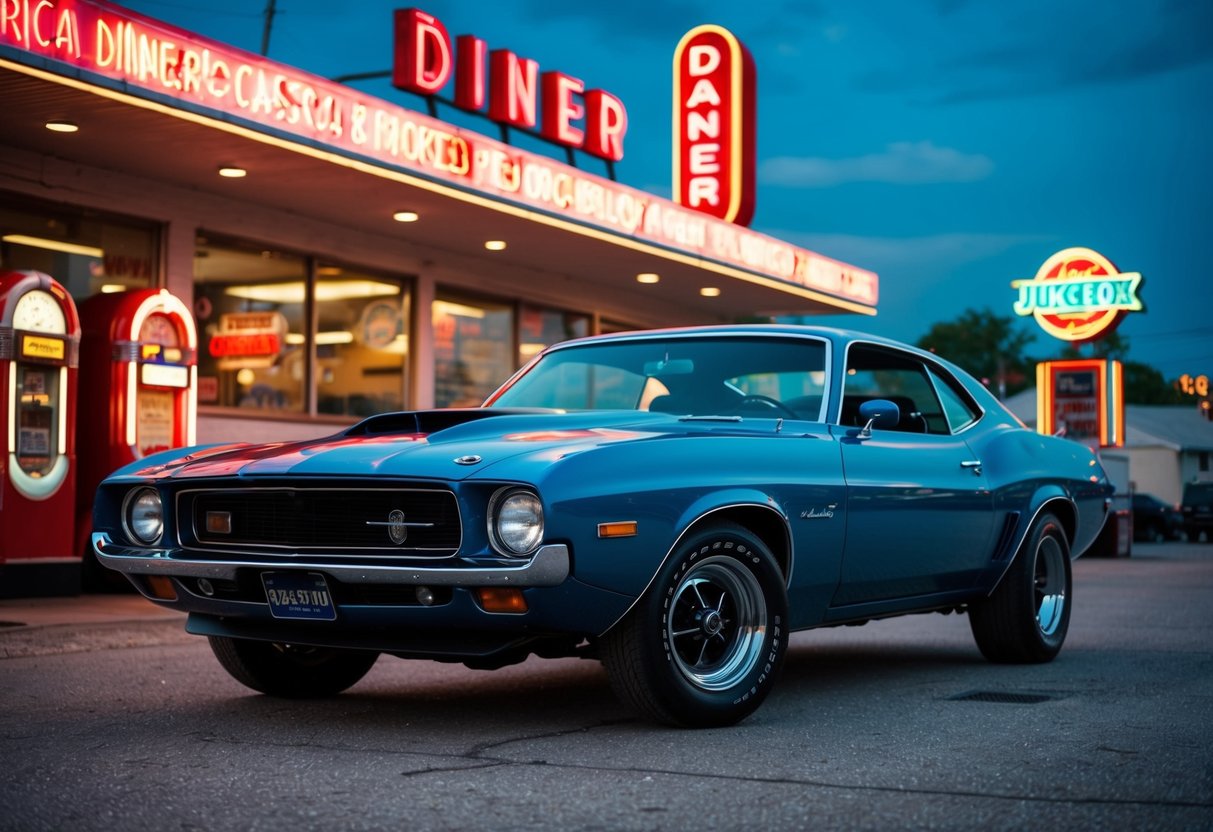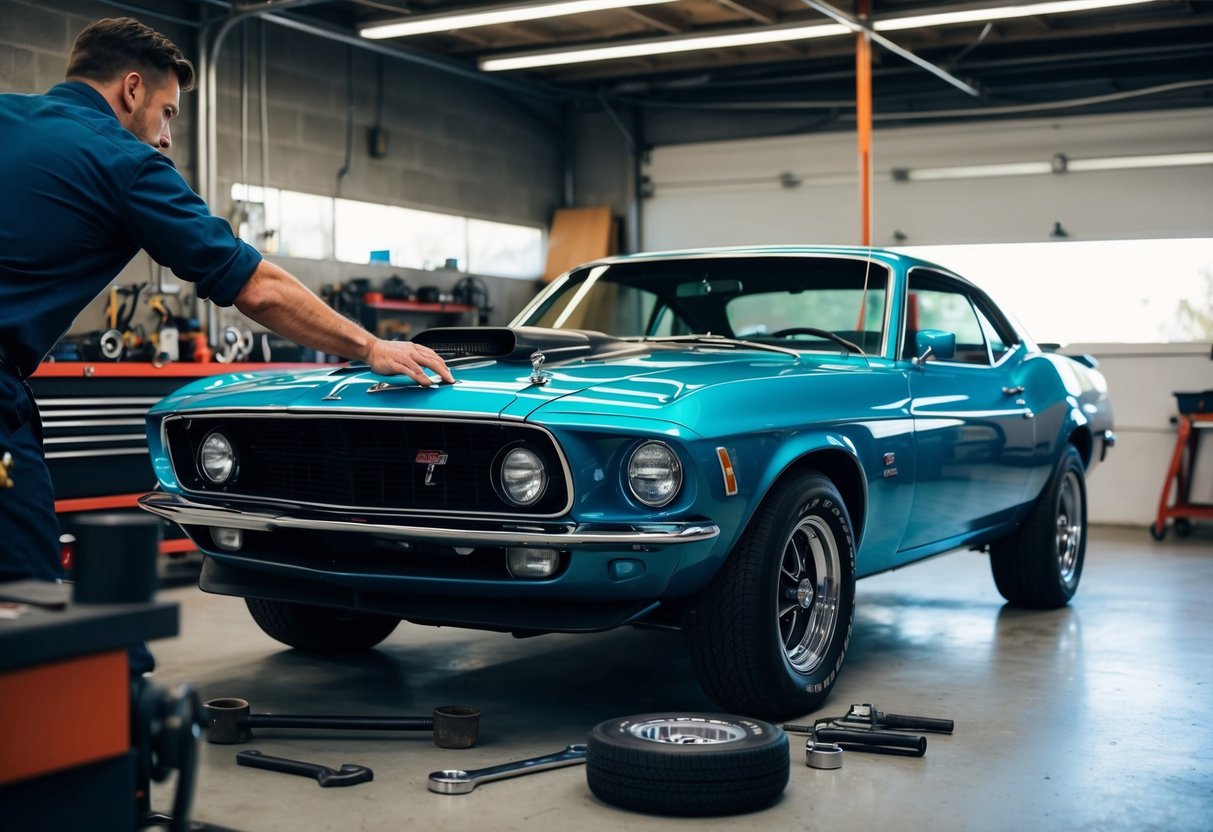
Interior Craftsmanship and Comfort
Inside the cabin, vintage muscle cars exhibit a blend of craftsmanship and comfort. Plush seats, often upholstered in high-quality materials, provide durability and luxury. Interiors feature simple yet functional dashboards, balancing aesthetics with practicality. These elements contribute to a driving experience that feels personal and engaging.
While the focus remains on performance, designers did not overlook the importance of passenger comfort. Thoughtful layout and spacious interiors offer an inviting aura, enhancing the ride enjoyment. Distinctive touches, like unique steering wheel designs and instrumentation, add to the car’s identity. This attention to craftsmanship ensures that vintage muscle cars remain cherished items for enthusiasts and collectors alike.
Engineering Behind the Power

Vintage muscle cars captivated enthusiasts with their robust engineering. Central to their allure is the balanced integration of powerful engines and sophisticated transmissions, ensuring remarkable performance.
The Role of V8 Engines
At the heart of many vintage muscle cars lies the V8 engine, renowned for delivering both power and speed. Vehicles like the Shelby GT500 and Camaro ZL1 showcase the impressive capabilities of these engines. The design of a V8 engine allows for a combination of high horsepower and torque, making it a preferred choice for performance vehicles. The cylinder arrangement in V8 engines facilitates better airflow and efficiency, allowing for quicker acceleration and responsiveness. Classic models featuring V8 engines continue to be celebrated for their engineering brilliance, offering an exhilarating driving experience.
Transmissions and Drive Trains
Transmissions and drive trains are crucial in harnessing the power generated by V8 engines. Muscle cars often employed manual transmissions, offering drivers precise control over gear changes and enhancing the connection between the driver and the vehicle. The drivetrain, particularly in rear-wheel-drive configurations, contributed to the iconic handling and performance of these cars. Rear-wheel drive setups are known for providing balanced weight distribution across the vehicle. This mechanical arrangement enhances traction and stability, allowing for more efficient power transfer to the road. The integration of these components enabled vintage muscle cars to achieve extraordinary speed and maneuverability, solidifying their status as legends in automotive history.
Performance and Handling
Vintage muscle cars often captivate with their powerful engines and distinct handling characteristics. While they excel in raw speed, advancements in technology have refined their stability and precision over the years.
Acceleration and Top Speed
Muscle cars are renowned for their exhilarating performance, characterized by rapid acceleration and impressive top speeds. Models such as the Dodge Challenger and the Charger R/T embody this legacy, boasting powerful V8 engines that deliver substantial horsepower.
The thrill of taking off from a standstill is a crucial part of the classic muscle car experience. Owners appreciate the forceful push into their seats as these engines unleash their potential on the open road. Though modern vehicles now surpass these speeds with ease, vintage muscle cars offer a nostalgic glimpse into the bold ambitions of American automotive engineering.
Advancements in Stability and Handling
Early muscle cars were primarily built for straight-line speed, often compromising on handling. Over the decades, improvements in suspension systems, tire technology, and weight distribution have enhanced their stability and cornering capabilities.
Modern technology has allowed manufacturers to integrate features that reduce body roll and improve grip, which were not originally priorities in their design. This evolution means that while vintage muscle cars maintain their iconic appeal, they also benefit from tweaks that enhance their overall driving experience.



